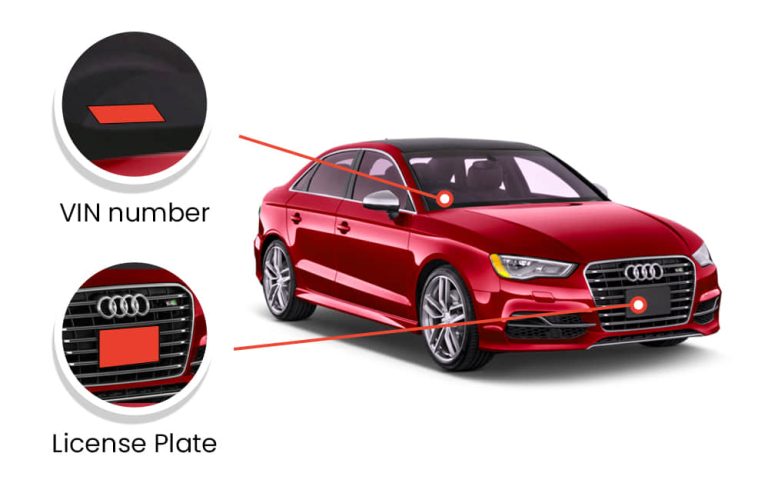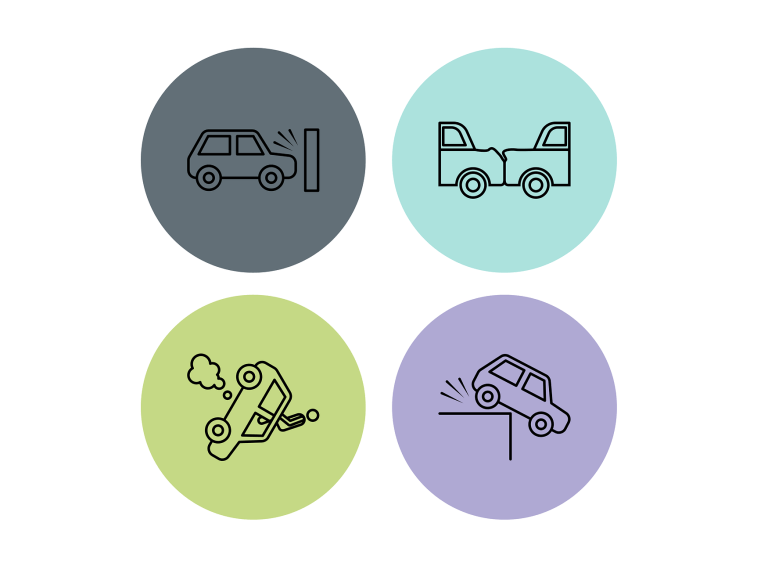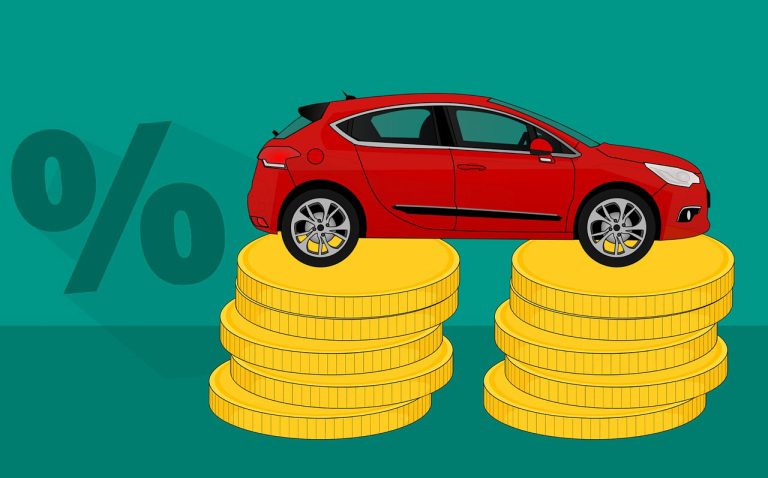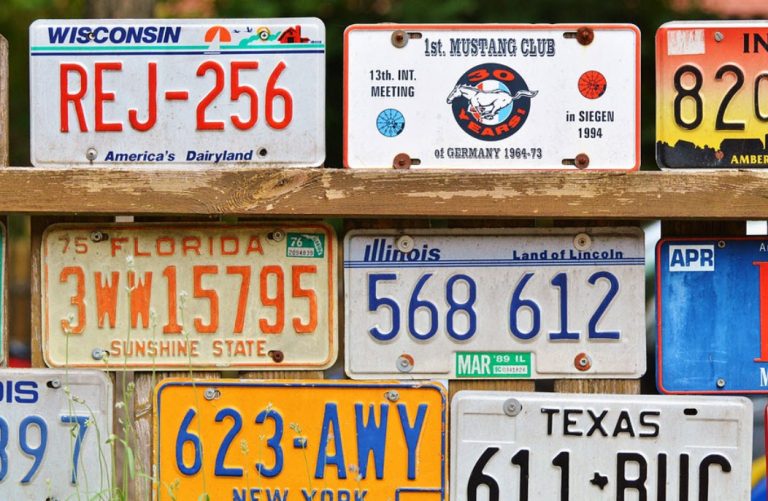The reason to check for recalls on vehicles is clear: for your own safety. A safety problem on a vehicle can put both the driver and the vehicle at risk. In the post, we’ll explain what a car recall means and how to check for recalls on your car step-by-step.
Is there a recall on my car?
To check for recalls on my car, you need to know what triggers a vehicle recall, who is responsible for the recall, where to search for information, and how to get informed.
What triggers a vehicle recall?
Vehicle recalls are a critical aspect of maintaining safety on the road and protecting the interests of consumers. When manufacturers or government agencies identify safety issues with vehicles or vehicle parts, the manufacturer will issue a vehicle recall.
If the vehicle manufacturer discovers safety-related defects or issues in their products, they are obligated to report them and take action. Making a recall is one of the actions; they have to notify affected vehicle owners to rectify the issue at no cost to the consumer. However, not all manufacturers are willing to make a recall plan. The government agencies responsible for vehicle safety, such as the National Highway Traffic Safety Administration (NHTSA) in the United States, have the ability to push manufacturers to develop a recall plan when they determine a safety defect exists.
The vehicle recall process is simple:
- Develop a recall plan
- Notify dealerships and distributors
- Notify vehicle owners
- Provide a Remedy
- Keep records
- Monitor and report progress
- Complete the recall
Now it’s very clear, that the manufacturers are responsible for notifying registered owners and purchasers of vehicles when there is an open recall. Usually, they do this by mail, email, and sometimes over the phone, but these notices can be pretty easy to miss.
how to check for recalls on my car
Open recalls happen frequently these days, NHTSA suggests vehicle owners check for recalls on their vehicles at least twice a year. Especially for car owners who purchased a used car, they may miss the latest open recalls. Luckily, there are many ways to check for recalls and the steps are super easy to do.
Step 1. Locate Your Vehicle Identification Number (VIN)
The Vehicle Identification Number (VIN) is the key to checking for recalls on your car. It’s a unique 17-character code that provides detailed information about your vehicle, including its make, model, year, and manufacturing location. You can usually find the VIN in one of these locations:
- On the dashboard, near the windshield, on the driver’s side (visible from outside the car).
- Inside the driver’s side door jamb.
- In your vehicle’s paperwork, such as the owner’s manual or the car’s title.
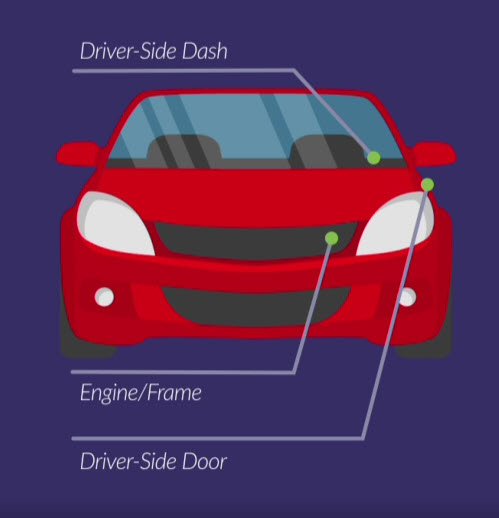
Step 2. Check by VIN
You can search a particular car brand recall (e.g.Chrysler recall) and go to the car manufacturer’s official website. Most car manufacturers have an official website where you can check for recalls.
In their recall page, you can find information related to recalls or safety. Typically, you will find a tool or search bar to enter your vehicle’s VIN. Then enter the VIN number and find out if your vehicle has any current recalls – or, to get reimbursed for previous recall-related costs.
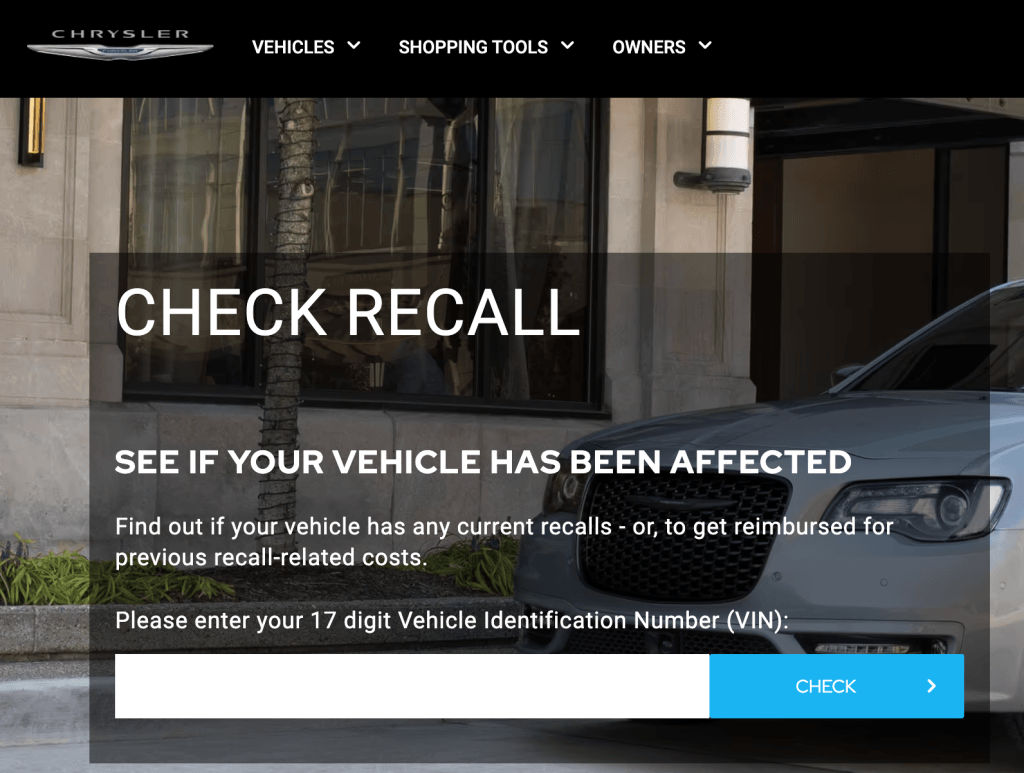
Or, if you’re in the United States, you can go NHTSA government site and search your VIN at NHTSA.gov/Recalls.
Enter your VIN in the provided search bar. Make sure to input the VIN accurately to ensure you receive the correct information.
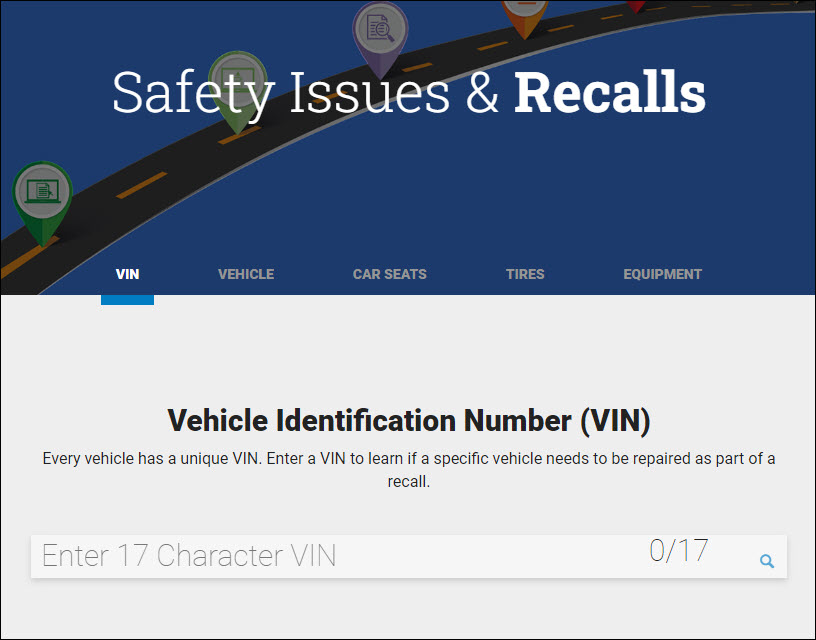
Step 3. Check the Results
After entering your VIN, the website will provide you with a report indicating whether there are any open recalls associated with your vehicle. This report will include details about the nature of the recall, potential risks, and instructions on how to address the issue.
If a recall repair has not been completed for that particular vehicle, “Recall INCOMPLETE” will appear on the screen in red letters.
Credit from NewYork Times
If there are no open recalls, consumers will see “Number of Open Recalls: 0” on the page.
If parts are not yet available to fix the safety defect, the warning will say, in red, “Recall INCOMPLETE. Remedy not yet available.”
If the search results show that your vehicle has open recalls, it’s important to take action promptly. The manufacturer will provide guidance on what to do next. Typically, you should contact a local dealership or authorized service center to schedule the necessary repairs. In many cases, these repairs are covered at no cost to you, as the manufacturer is obligated to rectify safety-related defects.
Step 4. Stay Informed
Recalls can be issued at any time, so it’s a good practice to periodically check for recalls on your vehicle. Additionally, you can sign up for recall notifications on the manufacturer’s website to receive alerts about any new recalls related to your car. Government agencies like NHTSA may provide useful tool for you to check recalls. NHTSA has an app called SaferCar (available for Android and iOS). With this app, you can get recall information on your phone.
Should you desire a more feature-rich application or service, consider utilizing platforms like Bumper. It offers the capability to verify vehicle recalls, estimate car value, and procure comprehensive vehicle history reports.
Bumper consolidates credible, up-to-date data from NMVTIS, JD Power, NHTSA, along with other leading industry sources, including state government agencies, insurance providers, and automotive industry partners. Their reasonably priced vehicle history reports include accident histories, recall information, market value data, comprehensive ownership cost predictions, and more.
- Go to Bumper.
- Enter VIN number.
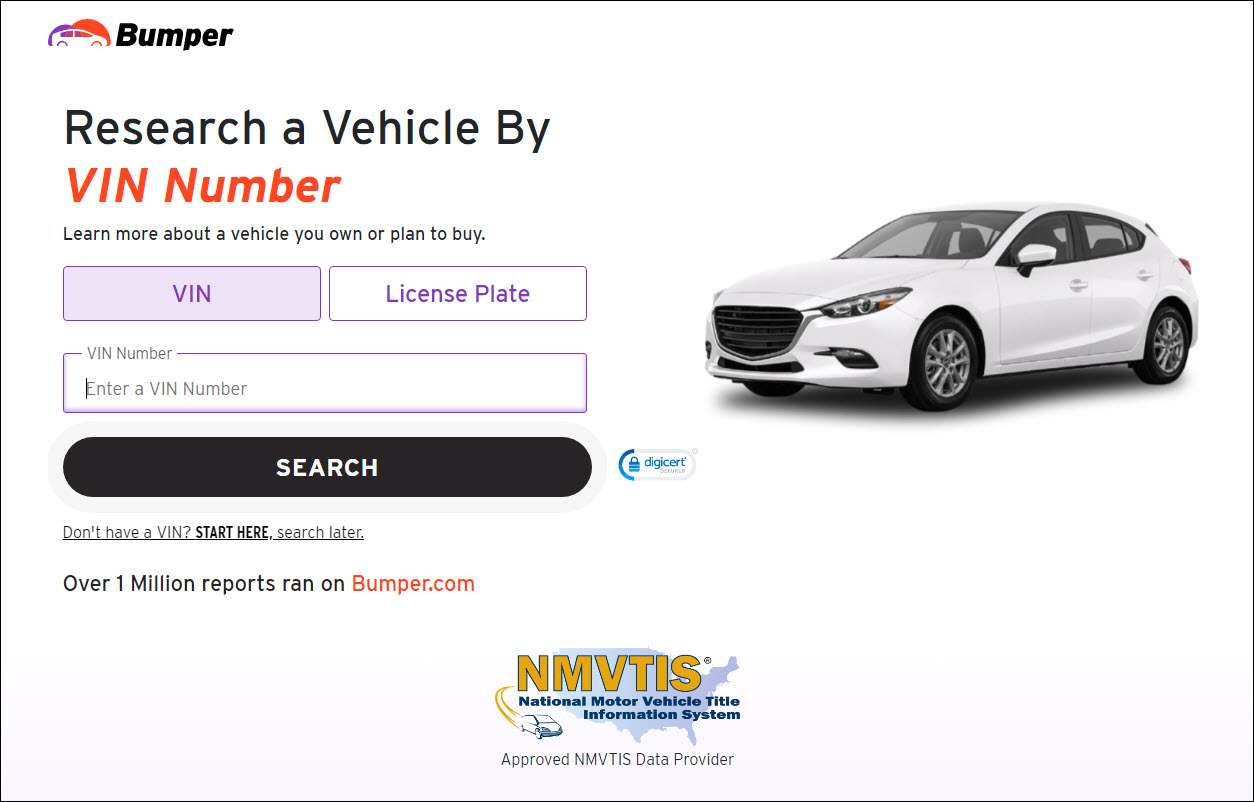
- Check the detailed report.
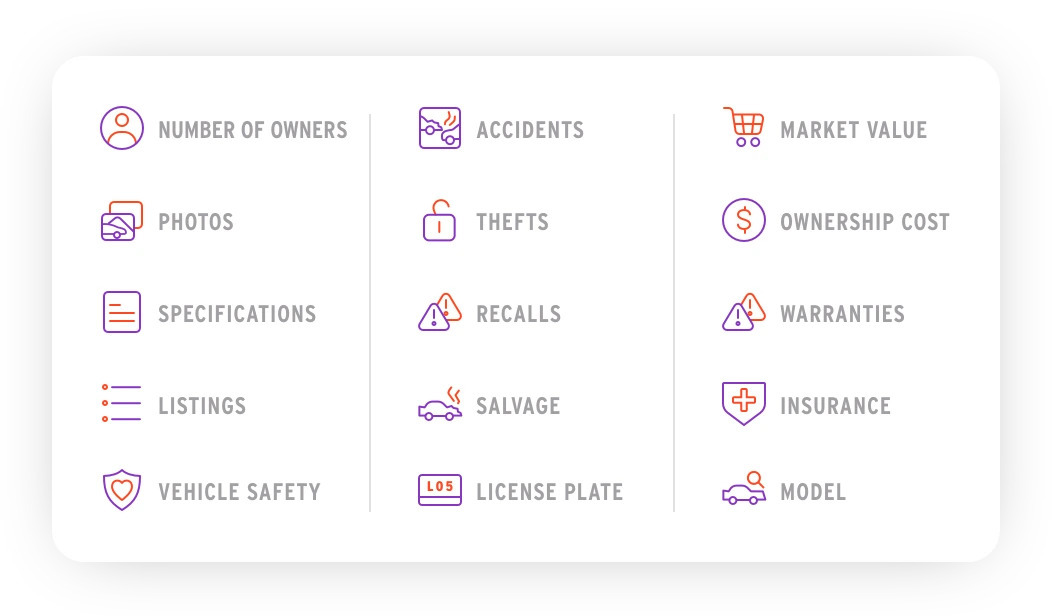
Conclusion
Safety is a top priority when it comes to owning a car and staying informed about potential recalls is a critical part of ensuring your vehicle’s safety and performance. It helps you stay informed about potential safety issues and ensures that your vehicle is in the best possible condition. By following these simple steps, you can easily access recall information and take the necessary steps to address any open recalls, ultimately enhancing the safety of your car and the peace of mind it provides. Your safety and the safety of your passengers are well worth the effort.
